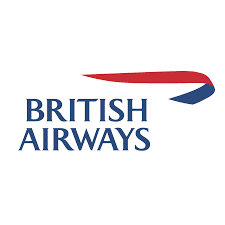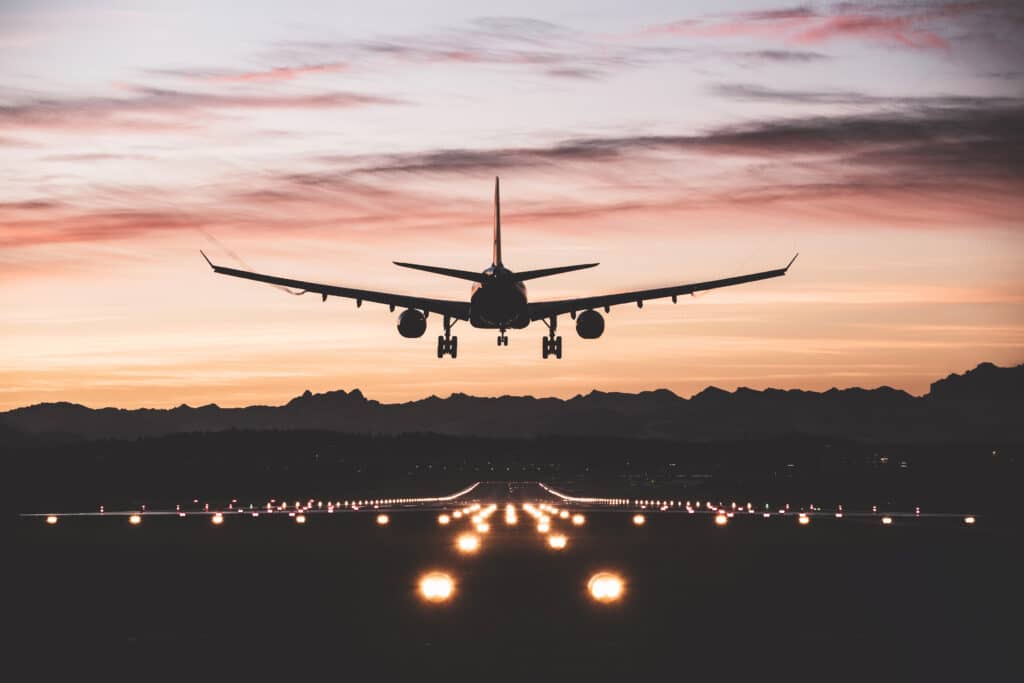Given lockdown of course the airlines got it in the neck – but the long-haul and business orientated lines perhaps more than the short-hop and leisure. This these recent results from IAG (LON: IAG) are encouraging but no more than that. Because that core business of theirs, the long-haul business traveller, seems to be coming back only slowly.
The IAG results were good, a €9 million operating profit for the traditionally lousy spring quarter. That’s something of a turnaround from the €718 million loss the last time out. But then of course we’d expect that – the cyclical effect of lockdown and quarantines was a disaster for all of the airlines. Of course.

The leisure travel business seems to be back
OK, so that cyclical effect is over, IAG is reporting profits in this traditionally bad first quarter and everything is over, right? Well, no, that’s not quite how it works. Sadly. We always have this problem of trying to untangle structural and cyclical effects. The problem with this being that we’ve got to take a guess – we never do know whether some fall in demand is a result of something that’ll go away or if it’s that permanent change.
Which is what gives us the grand and interesting opportunity – problem if you prefer – in airline stocks like IAG.
What’s cyclical and what’s structural in the economy?
Think internet shopping for a moment. We know that’s been eating retail for a couple of decades. Then came lockdown and of course online soared. But what happens afterward? Do we go back to the same slow and steady expansion of online? Or does that lockdown leap become the new normal? We actually know the answer to that one as the Office for National Statistics tells us. We got the leap, it faded back and then the consistent perhaps 1% of retail sales being eaten per year continues. This is why folks like Made.com went bust – they were geared up for the change to be permanently from the new and higher level.
OK, so we’ve that interaction of cyclical – lockdown and the reaction to it – and the structural – of course online is going to eat some of retail. What matters is the balance and timing of the two. And, vitally, how producers are forecasting them, so their supply is right-sized for the market. That the market is being eaten 1% a year isn’t a horrible problem, there’s lots and lots of money to be made by sweating a declining business. But it’s necessary to know that you’re doing that.
What’s cyclical and what’s structural in the airline business?
OK, so, same lesson on airlines. IAG depends, through BA and Iberia, on long distance and intercontinental travel by business class passengers. That’s just how they set up their ‘planes, that’s where the revenues comes from. Vueling worries more about short term hops by leisure passengers. OK, so we know what’s happening there. Easyjet, Ryanair and Whizz have all released results that show that travel to have fun is back.

This makes good sense. The point of short hop and fun travel is that the body doing the short hop flight gets to go have fun. It is possible that we all get out of the habit but unlikely. Which means that IAG is going to see the same thing, right?
IAG might still have a structural problem to resolve
Ah, but, well no. Think of that greater reliance on the high-paying business class passenger. From the IAG results: “British Airways returned to profit in quarter 1 for the first time since quarter 1, 2019. We are seeing strong demand from leisure travel to most parts of the network. Corporate travel is recovering slowly.”

Back to our retail property thing. Now think of commercial property. What we’re seeing there is that the work from home thing has triggered a long-lasting change in demand for office space. Lockdown led to business being shocked into allowing office staff to work from home. Most are finding that it works fine enough, and the staff are much happier. Maybe 2 days a week in the office. This has knock-on effects, of course it does. Commuter ticket sales on the railways are still tens of percents down. Commercial office prices are falling. And here we have BA saying that business class travel is slow to return.
So, those lockdown effects – all solved for the long-distance airlines like IAG?
Which is what this is all really about. Lockdown had its effects, of course it did. But are they cyclical or have they started off some grander structural change? And if it has now limited business class travel for the future – some to many now use Zoom instead – then will IAG ever really recover?

Well, that’s the bet and the problem with the bet is that no one at all knows yet. Will the ground lost to the pandemic all come back or not? For leisure flights the answer seems to be yes. As with retail shopping. But business travel? Hmm, well, the commercial office market isn’t either a prediction or something that would be hopeful if it were.
It was Nils Bohr, the physicist, who said it – prediction is very difficult, especially about the future.